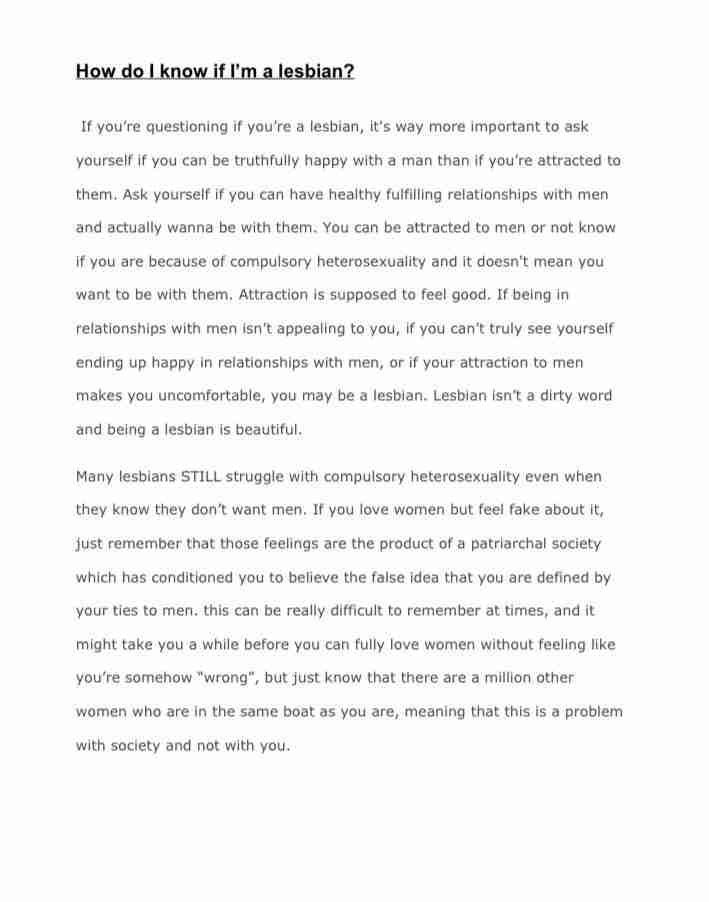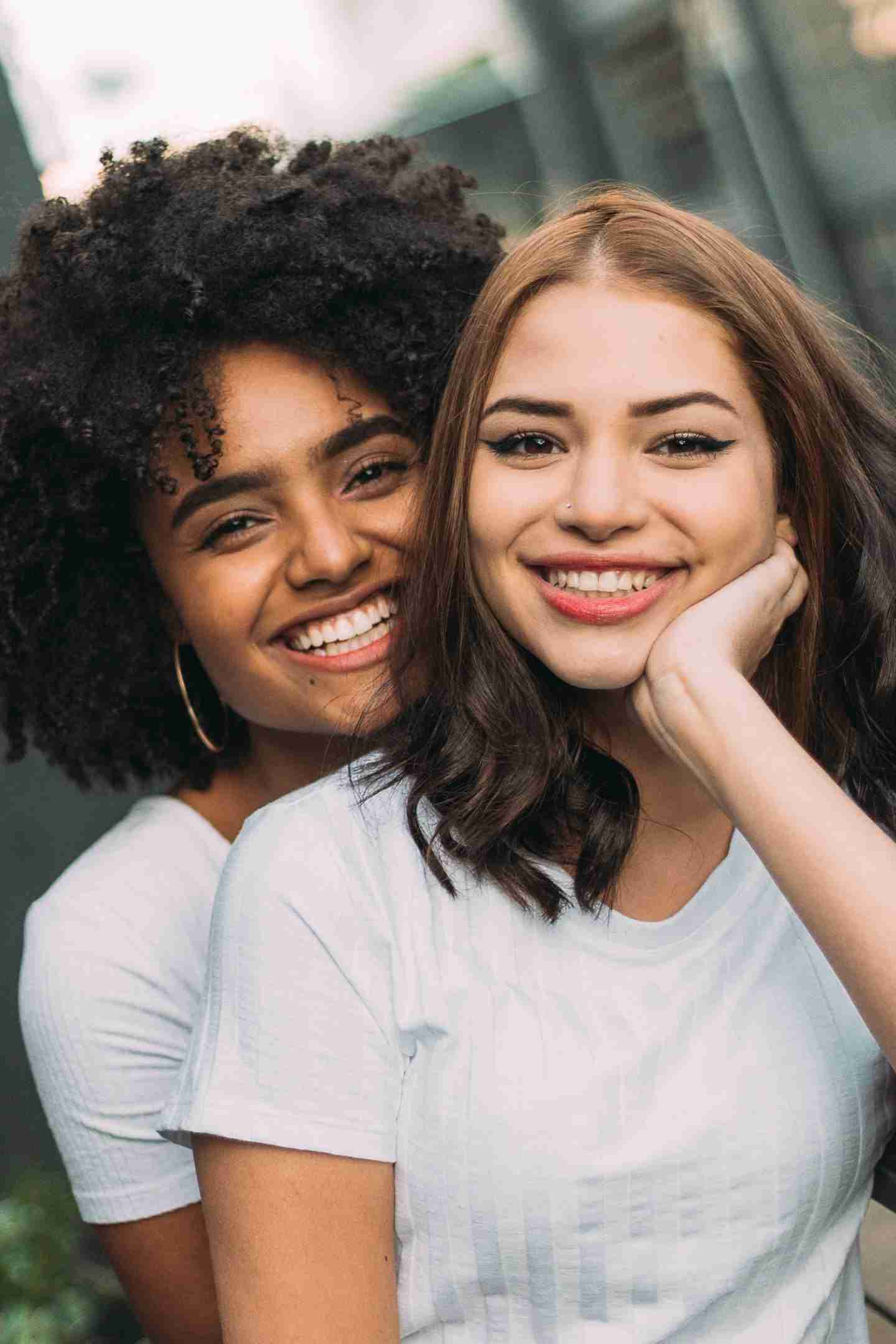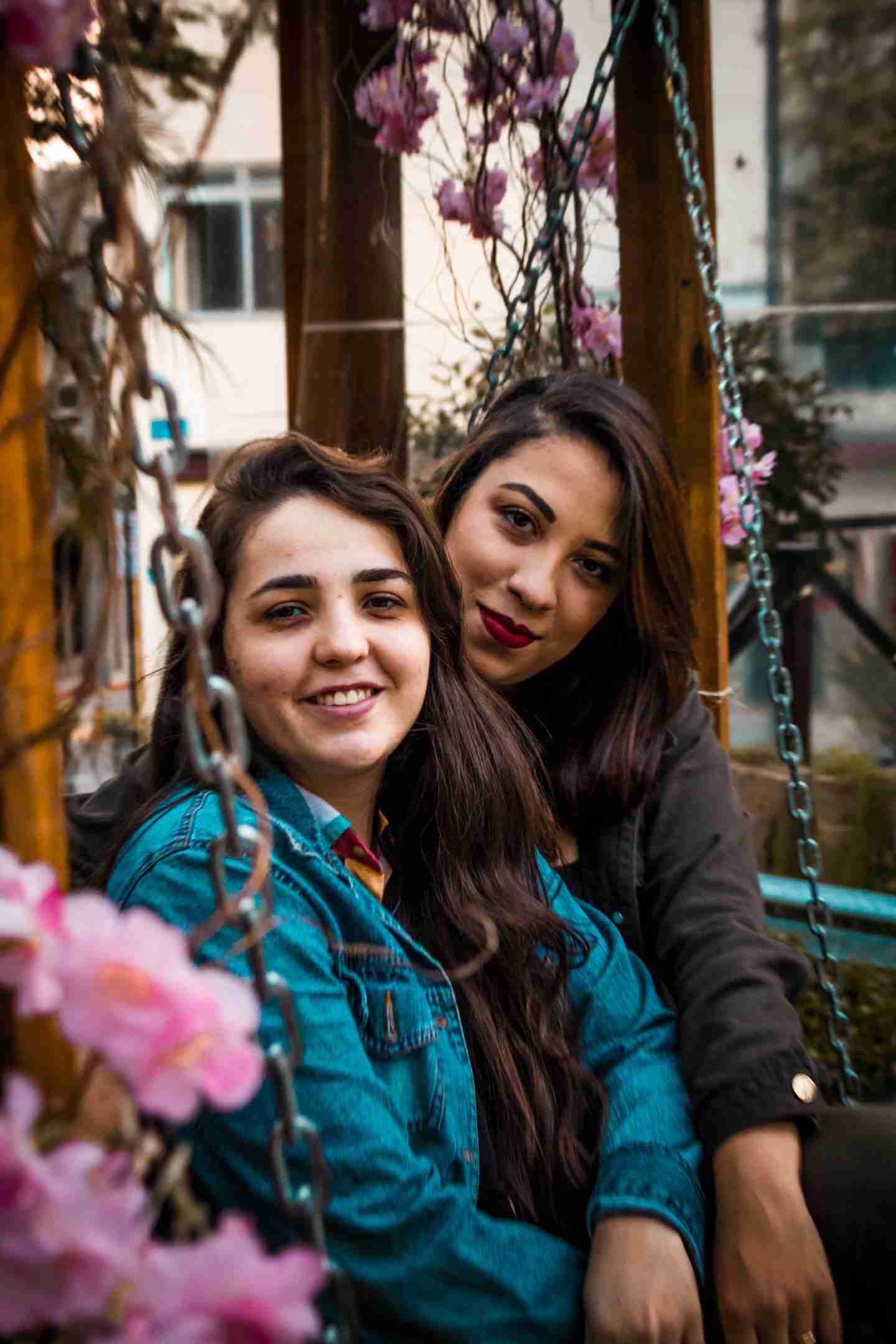What is the Lesbian Masterdoc we hear you cry… well, let us begin.
Curled up in our childhood bedrooms, or perhaps later in life, we have all taken at least one of the infamous and many “Am I Gay” quizzes.
Or perhaps you spent hours pouring over YouTube videos of Rose and Rosie, Cammie and Shannon (back in the day) and Ally Hills, attempting to identify what this feeling, far from platonic – but also, not yet crystal -could be.
The “Am I A Lesbian Masterdoc” is similar in spirit to these endeavours, striving to assist women in their explorative journeys towards grasping their sexual identity.
The document is less a quiz than a collection of reflections, assumptions for you to affirm or deny, and hypotheticals. Divided by relevant headings and written in bullet point style, the document is masterly, efficient and, for me at the least, unwittingly accurate. Foreseeably, it has drawn the attention of creators such as Jenna Larson, Alayna Joy, not to mention, like all of TikTok.
Aptly, the Masterdoc initiates with an explanation of Compulsory Heterosexuality. The term was popularised by Adrienne Rich in 1980. Compulsory Heterosexuality is often abbreviated to comphet and refers to the societal indicators we receive, that dating men is the superior option in all ways, that it’s okay to be gay – but wouldn’t you prefer you weren’t?
The Lesbian Masterdoc

I grew up unaware that what I was surrounded by was compulsory heterosexuality. Any queer folk in my town inevitably left, and all families were nuclear. I knew this wasn’t what I wanted, I knew I wasn’t attracted to men like my friends seemed to be, yet I feared it being known by anyone, and to a large extent beyond the subconscious, myself. Reading the “Considering Lesbianism” section of the Masterdoc, I realised that my feelings were by no means unique, that my isolation was a construct.
“Being straight is something our culture tries to force on us.” the document reads. It sounds violent, yet the only people who would deny the truth of this statement are heterosexuals. Any queer person, whether accepted by their families and communities or not, whether they adore themselves and their glorious queerness or not, is aware they are an aberration to the mainstream.
Amongst others, the document highlights the tendency of self-denying sapphics to only desire unattainable, often fictional, men, our learned blurring of genuine, spontaneous attraction with expected heteronormative scripts and the tie between dysphoria, sexuality and self-denial.
If I had found this document as a teenager, I likely would have read it, acknowledged my undeniable dykeyness and a few weeks later, reverted to denial.
Then, I existed in environments where queerness, or sex, was never discussed. I, like most humans, wanted merely to be loved and to belong. Now, I surround myself with queer people. I sit around devoting myself to writing articles about lesbians and attending community-organised workshops. I curate my life to allow flourishing because I believe I deserve it.
Without an LGBTQ+ society or any queer support, the sense of self-worth I have and the joy with which I move through the world would not be possible. Digital phenomena like the “Am I A Lesbian” Masterdoc make up a critical part of this fabric. They allow us to reach our truths just that little bit faster.


From the title of this document, I initially worried I would be bombarded by the more toxic, transphobic, biphobic strata of lesbian culture.
I was pleasantly surprised.
The document takes the time to acknowledge the complications of trans lesbian, gender-nonconforming or nonbinary lesbianism. Nor does it dismiss bisexual desire, but rather, non-exclusively centres and educates sapphics on their feelings and desires.
While the Lesbian Masterdoc deals largely with compulsory heterosexuality and allowing budding sapphics to see themselves, it also, by proxy, highlights the toxicity and illogical nature of “gold star lesbians” or those who seem threatened by bisexual women or lesbians who have a bisexual past. “I’d like to assure you that even though you currently have a boyfriend, a husband, or had one in the past, that this does not make you any less of a lesbian.” They write.
The Lesbian Masterdoc’s virality likely stems from its inclusivity. I see me, and I see my friends. I see my beautiful, awkward, colourful community, and I am reminded, I, you, us – we are enough.
Feeling intrigued? Check out the document for yourself here.
Let us know what you think of the Lesbian Masterdoc by commenting below.
Enjoy,
Team Nonchalant x

